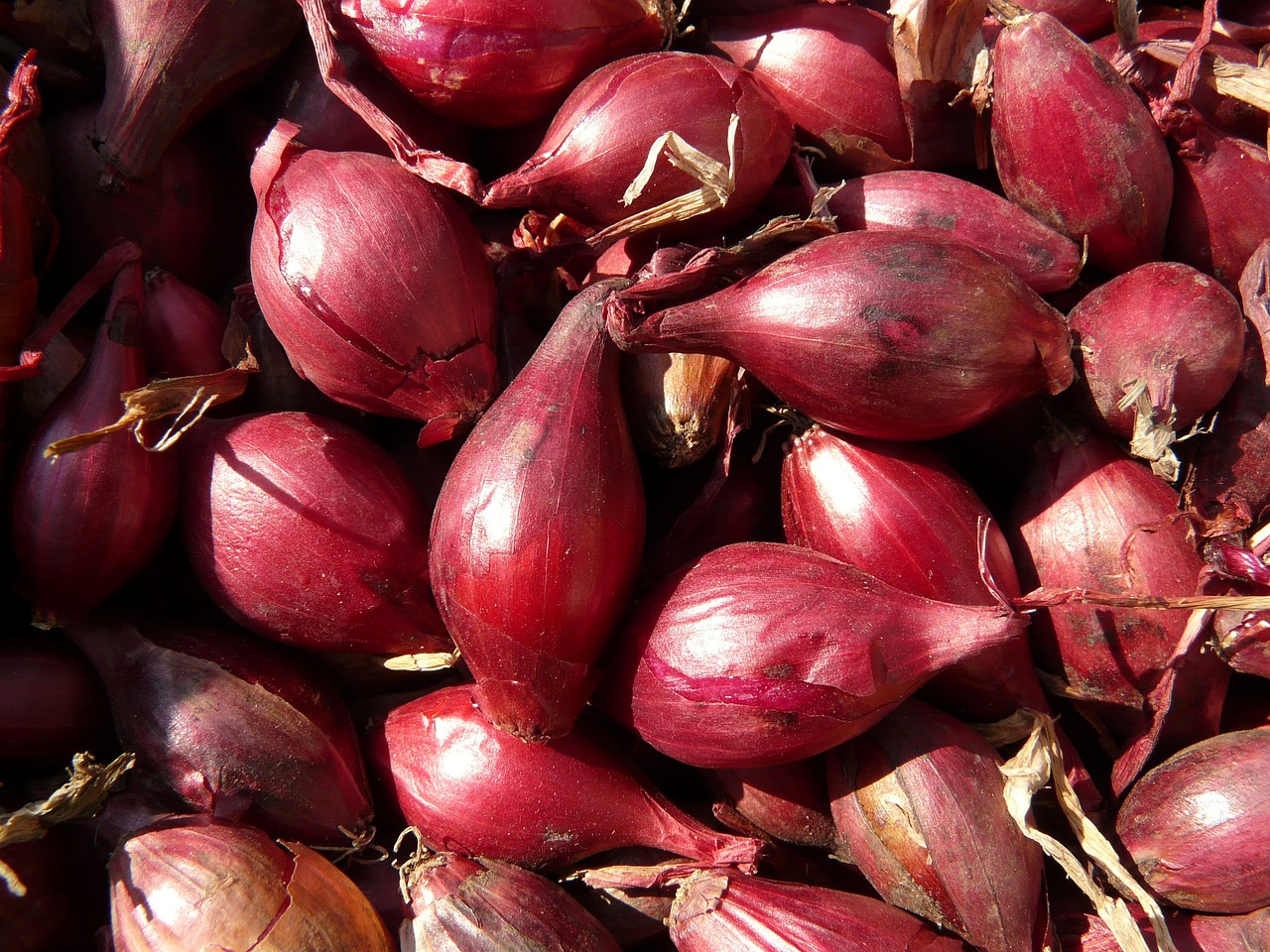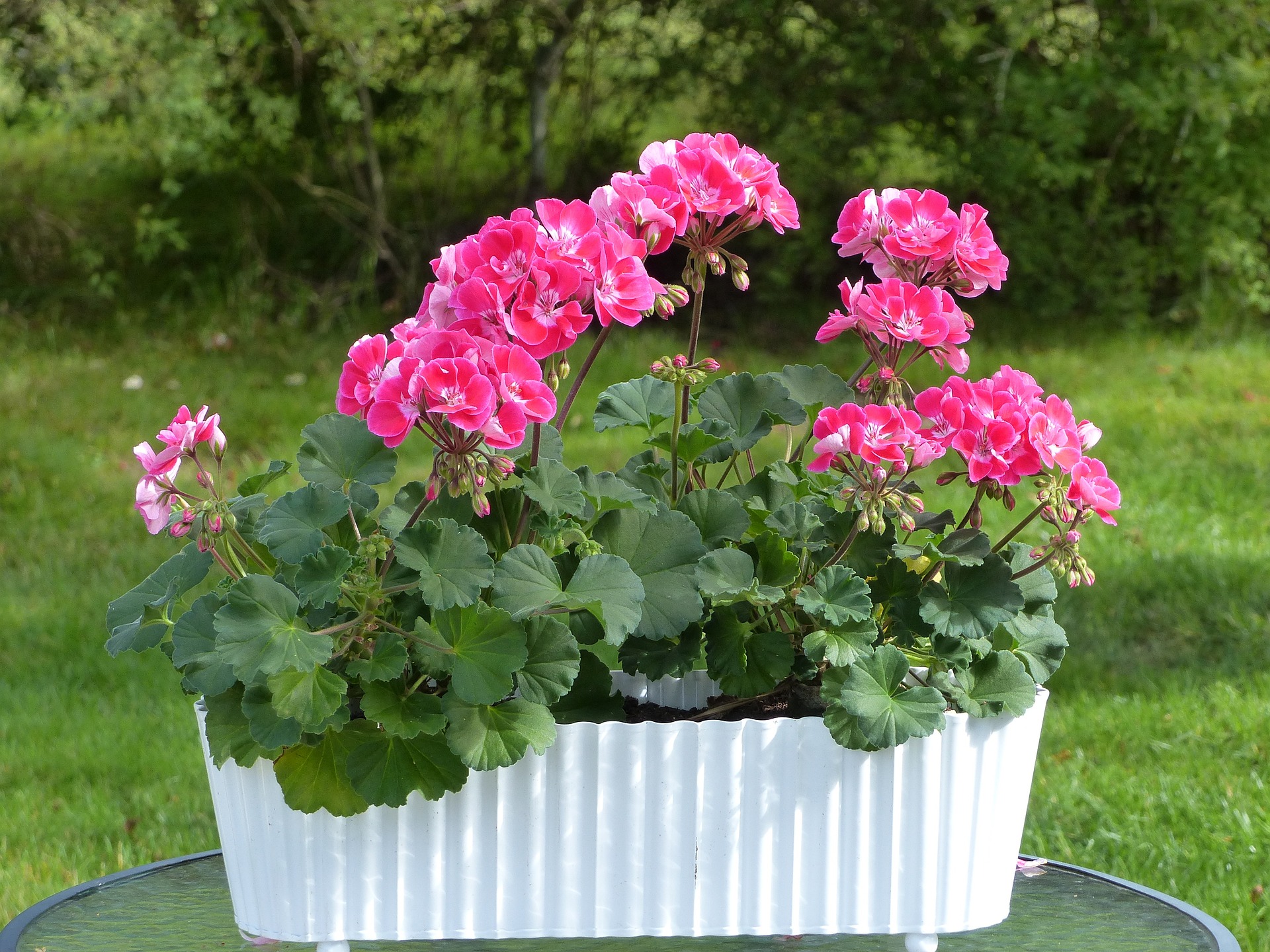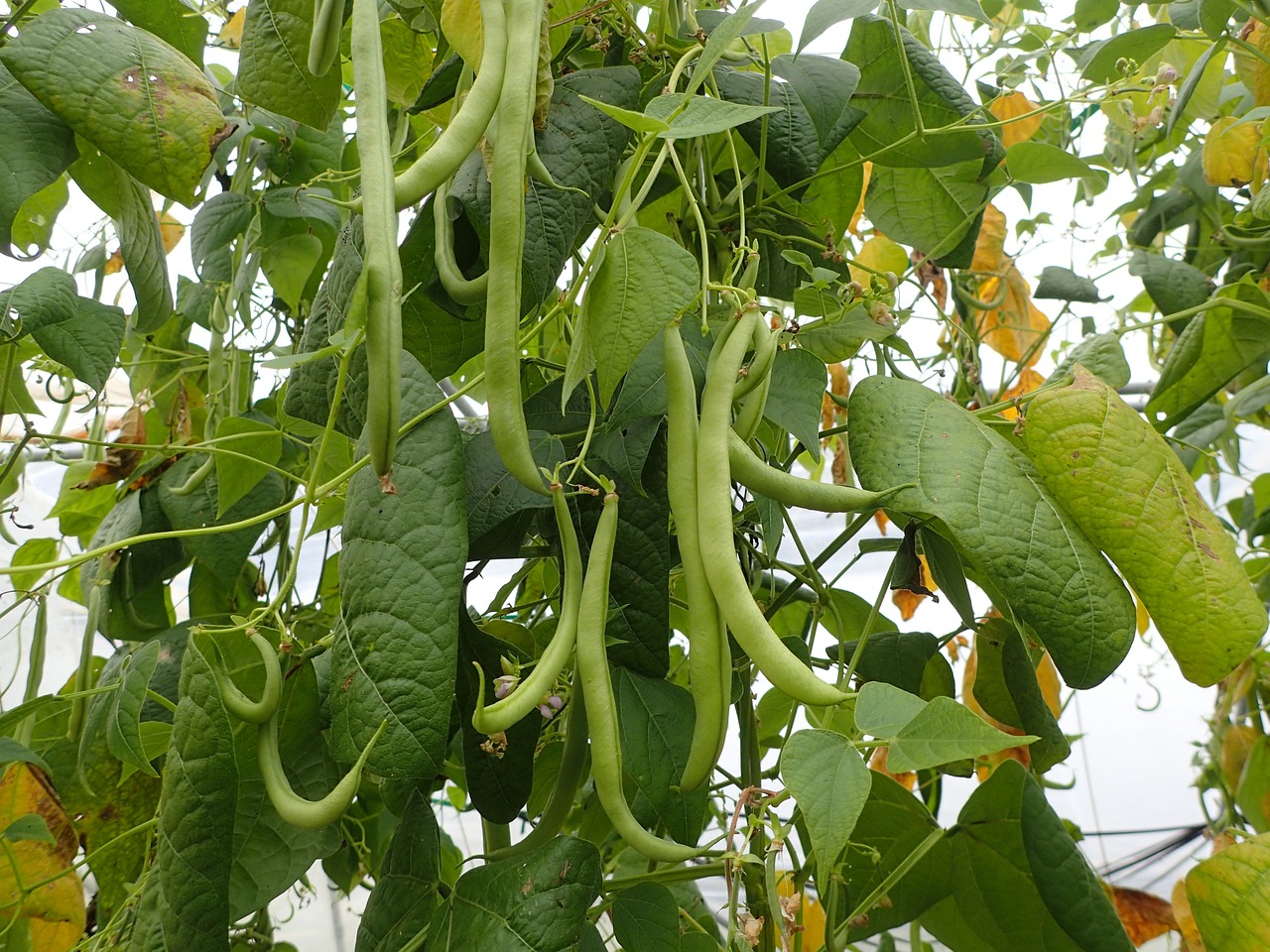Shallots are known for their mild and sweet taste. Their flavor is less pungent and sharp compared to onions, making shallots a preferred choice for dishes where a subtle onion-like flavor is desired. They can be used in a wide range of culinary applications including salads, vinaigrettes, sauces, soups, stews, and as a flavor base for many savory dishes.
In a garden, the upright slender leaves of shallots add a vertical element to the garden and their green foliage provides a contrast for other plants that have different colors. When left to flower, shallots produce beautiful flowers with delicate papery petals that add a unique charm to a garden. Shallot flowers can be white, pink or purple and attract pollinators such as bees and butterflies that enhance the biodiversity of a garden.
Shallots are generally easy to grow and require minimal maintenance, therefore suitable for novice gardeners. Here’s a comprehensive guide on how to grow shallots:
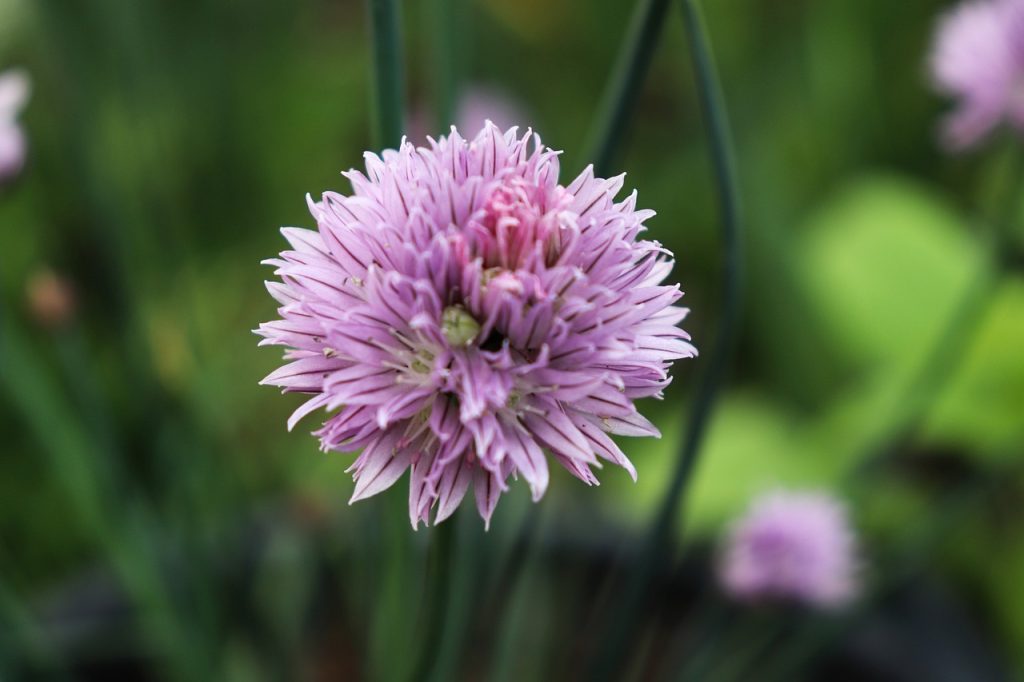
Description
Shallots (Allium cepa var. aggregatum) are a type of onion that is known for its mild and sweet flavor. They are biennial plants that belong to the family Amaryllidaceae, which also includes onions and garlic.
Shallots grow in clusters of bulbs, with each bulb enclosed in a thin, papery skin. The bulbs have a tapered shape and are typically smaller than common onions.
Shallots are a good source of vitamins and minerals, including vitamin C, potassium, and vitamin A.They also contain antioxidants and other beneficial compounds. They can be minced, sliced, or used whole, depending on the recipe.
| Botanical name: Allium cepa var. aggregatum | Propagation: Bulbs, division, seeds |
| Common name: Shallot | Soil type: Loam, Sandy loam |
| Family: Amaryllidaceae | Soil pH: 6.0-7.0 |
| Plant type: Annual | Temperature: 55°F (13°C)-75°F (24°C) |
| Hardiness zones: USDA zones 2-10 | Light: Full sun |
| Mature size: 12-25in. tall, 8-12in. wide | Spacing: 6-8in. |
| Flower color: White, pink, purple | Pollination: Insects |
| Time to maturity: 90-120 days | Best companions: Carrots, Spinach, Lettuce |
| Native area: Middle East | Worst companions: Asparagus, peas, bush and pole beans |
Temperature requirements
Shallots prefer cool to moderate temperatures during their growing season. The optimal temperature range for shallot growth is between 55°F (13°C) and 75°F (24°C). They can tolerate temperatures outside this range, but growth may slow down in extremely hot or cold conditions.
Chilling requirement: Some varieties of shallots benefit from a period of chilling (exposure to temperatures between 32°F and 50°F or 0°C and 10°C) for a certain number of hours. This chilling requirement helps stimulate bulb development. However, not all varieties have a chilling requirement, so check the specific recommendations for the variety you are growing.
Shallots are generally hardy and can tolerate light frosts. In fact, exposure to cool temperatures is often beneficial for bulb development. However, prolonged exposure to freezing temperatures can damage the plants.
Soil requirements
Optimal growth for shallots occurs in rich loam or sandy loam soil with pH of 6.0-7.0. Avoid waterlogged conditions as they result into bulb rot.
Sun requirements
Shallots prefer full sun but can tolerate partial shade. Ensure they receive at least 6-8 hours of sunlight per day for optimal growth.
Some Common Shallot varieties to Grow
Ambition: This is a French shallot variety known for its mild, sweet flavor. It produces elongated bulbs with coppery-brown skins.
Dutch Yellow: This variety has a more onion-like appearance with a brownish-yellow skin and mild flavor.
Matador: A popular shallot variety with coppery-brown skin and a mild, sweet flavor. Matador is known for its good storage qualities.
Zebrune: A French heirloom shallot with elongated bulbs and reddish-brown skin streaked with white stripes. It is known for its rich, complex flavor and is often used in gourmet cooking.
Pikant: This shallot variety produces round bulbs with reddish-brown skin and is valued for its mild and sweet flavor.
How to Propagate Shallots
Shallots can be propagated through division of bulbs, growing from seeds, or by separating and replanting the individual cloves or bulbs. The most common method is propagating shallots from bulbs or sets.
Selection of Shallot Bulbs for planting
Purchase high-quality shallot bulbs from a reputable source or use bulbs saved from a previous crop. Choose bulbs that are firm, disease-free, and have intact skin.
When to Plant Shallots
Plant shallots in the fall or early spring, depending on your climate.
Fall Planting: In regions with mild winters, fall planting is often the preferred method.
Planting shallots in the fall allows them to establish roots before winter, providing a head start for spring growth.
Plant shallots about 4-6 weeks before the first expected frost date in your area.
Spring Planting: Spring planting is suitable for regions where winters are severe, and the ground may freeze.
In areas with harsh winters, planting shallots in early spring after the last frost is a common practice.
Garden preparation
Choose a well-drained location with full sunlight. Shallots prefer loose, well-aerated soil.
Test the soil to determine its pH and nutrient levels. Shallots thrive in slightly acidic to neutral soil (pH 6.0-7.0).
Incorporate organic matter, such as well-rotted compost or aged manure, into the soil. This improves soil structure and fertility.
Remove any weeds, rocks, or debris from the planting area. Shallots, like most vegetables, benefit from competition-free surroundings.
Use a garden tiller or a shovel to loosen the soil to a depth of about 6-8 inches (15-20 cm). This helps create a friable and well-drained growing medium.
Planting Depth and Spacing
Plant individual shallot bulbs about 1 to 2 inches deep, with the pointed end facing up. Space the bulbs approximately 6 to 8 inches apart in rows, leaving 12 to 18 inches between rows.
How to Care for Shallots
Watering: Keep the soil consistently moist but not waterlogged. Shallots require regular watering, especially during dry spells. Water deeply to encourage root development.
Fertilization: Fertilize shallots with a balanced, all-purpose fertilizer at planting time. Additionally, you can side-dress with a nitrogen-rich fertilizer when the plants are actively growing.
Mulching: Apply a layer of mulch around the shallot plants to conserve moisture, suppress weeds, and maintain even soil temperatures.
Weeding: Keep the area around shallots free of weeds, as competition for nutrients and water can slow down their growth.
Thinning: If necessary, thin the shallot plants when they are a few inches tall, leaving the strongest plants at the recommended spacing.
How to Harvest Shallots
Shallots are ready for harvest when the foliage turns yellow and starts to die back. Gently lift the bulbs from the ground using a fork. Harvesting during cooler temperatures, such as in the morning or late afternoon, is ideal. This helps minimize stress on the plants and allows for better curing.
Allow them to cure in a warm, dry place for a few weeks before storing.
Storage
Store cured shallots in a cool, dry place with good ventilation. Properly cured and stored shallots can last for several months.
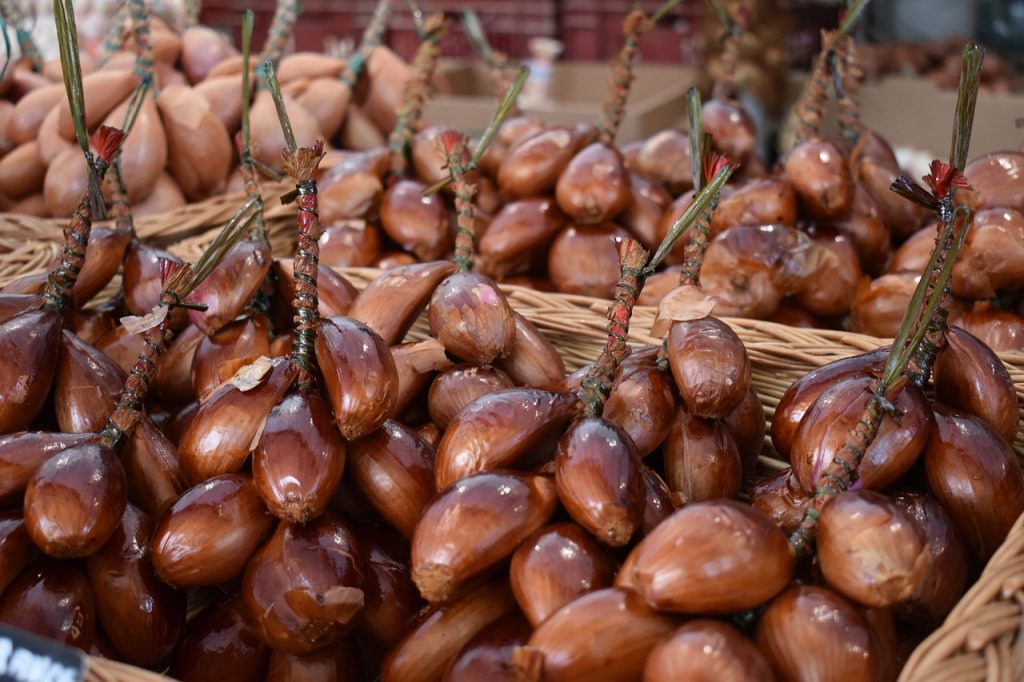
Overwintering Shallots
In colder climates, shallots can be overwintered in the ground under a layer of mulch.
Apply a thick layer of mulch around the shallots to insulate the soil and regulate temperature fluctuations. Straw, leaves, or hay can be effective mulch materials.
Companion Planting
Shallots can be grown alongside other vegetables, such as carrots, spinach, and lettuce, as companion plants.
Common pests and diseases
Pests include:
Onion thrips: These are tiny insects that feed on shallot leaves, causing silvering or stippling.
Control: Introduce beneficial insects like ladybugs and predatory mites, use insecticidal soap.
Onion Maggots: Larvae of onion maggots feed on shallot roots, leading to stunted growth and wilting.
Control: Practice crop rotation, use row covers to prevent adult flies from laying eggs and apply insecticidal soil drenches if infestation occurs.
Leek Moth: Larvae feed on shallot leaves and bulbs, causing damage to the foliage.
Control: Monitor for adult moths and larva, use row covers to protect plants and apply insecticides in case of an infestation, following label instructions.
Diseases include:
Downy Mildew: Yellow or pale green lesions on leaves, followed by a downy white growth on the underside.
Control: Provide good air circulation by spacing plants adequately, avoid overhead watering and apply fungicides containing copper or other recommended chemicals.
White Rot: White, fluffy fungus on bulbs, leading to decay and a foul odor.
Control: Rotate crops to prevent buildup of pathogens in the soil, plant in well-drained soil and destroy infected plant material.
Smudge: Small, dark lesions on leaves and bulbs, often leading to decay.
Control: Plant disease-resistant varieties, avoid overhead watering apply fungicides in case of an infestation.

